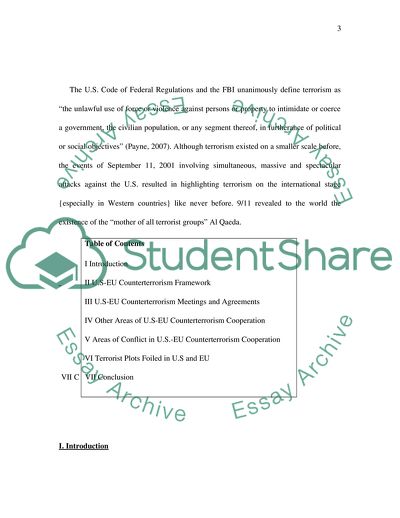Cite this document
(U.S.-EU Cooperation Against Terrorism Case Study, n.d.)
U.S.-EU Cooperation Against Terrorism Case Study. Retrieved from https://studentshare.org/politics/1711034-cj-450-counter-terrorism
U.S.-EU Cooperation Against Terrorism Case Study. Retrieved from https://studentshare.org/politics/1711034-cj-450-counter-terrorism
(U.S.-EU Cooperation Against Terrorism Case Study)
U.S.-EU Cooperation Against Terrorism Case Study. https://studentshare.org/politics/1711034-cj-450-counter-terrorism.
U.S.-EU Cooperation Against Terrorism Case Study. https://studentshare.org/politics/1711034-cj-450-counter-terrorism.
“U.S.-EU Cooperation Against Terrorism Case Study”. https://studentshare.org/politics/1711034-cj-450-counter-terrorism.


